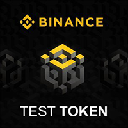-
 Bitcoin
Bitcoin $95,786.0474
-0.83% -
 Ethereum
Ethereum $2,790.5521
1.86% -
 XRP
XRP $2.5526
-1.34% -
 Tether USDt
Tether USDt $1.0001
0.00% -
 BNB
BNB $653.4925
-0.30% -
 Solana
Solana $168.9174
-2.75% -
 USDC
USDC $1.0000
-0.01% -
 Dogecoin
Dogecoin $0.2436
-0.15% -
 Cardano
Cardano $0.7714
0.35% -
 TRON
TRON $0.2425
2.57% -
 Chainlink
Chainlink $17.6307
-0.26% -
 Avalanche
Avalanche $24.8984
-2.83% -
 Sui
Sui $3.3326
-2.03% -
 Stellar
Stellar $0.3285
-0.59% -
 Litecoin
Litecoin $128.3858
0.60% -
 Toncoin
Toncoin $3.7725
2.63% -
 Shiba Inu
Shiba Inu $0.0...01552
0.77% -
 UNUS SED LEO
UNUS SED LEO $9.7558
0.48% -
 Hedera
Hedera $0.2095
-2.39% -
 MANTRA
MANTRA $8.4916
12.48% -
 Hyperliquid
Hyperliquid $23.5891
-4.54% -
 Polkadot
Polkadot $4.9982
-1.15% -
 Bitcoin Cash
Bitcoin Cash $325.6853
1.84% -
 Bitget Token
Bitget Token $5.0012
0.90% -
 Ethena USDe
Ethena USDe $1.0005
0.09% -
 Uniswap
Uniswap $9.0328
1.39% -
 Dai
Dai $0.9999
-0.02% -
 Monero
Monero $233.4497
-0.39% -
 NEAR Protocol
NEAR Protocol $3.3760
-4.49% -
 Pepe
Pepe $0.0...09309
-1.87%
A comprehensive introduction to the concept, value and practical applications of Radix (XRD) currency
As a next-generation blockchain protocol, Radix (XRD) addresses scalability and performance limitations through sharding, atomic composability, and a novel consensus mechanism.
Dec 18, 2024 at 10:04 pm
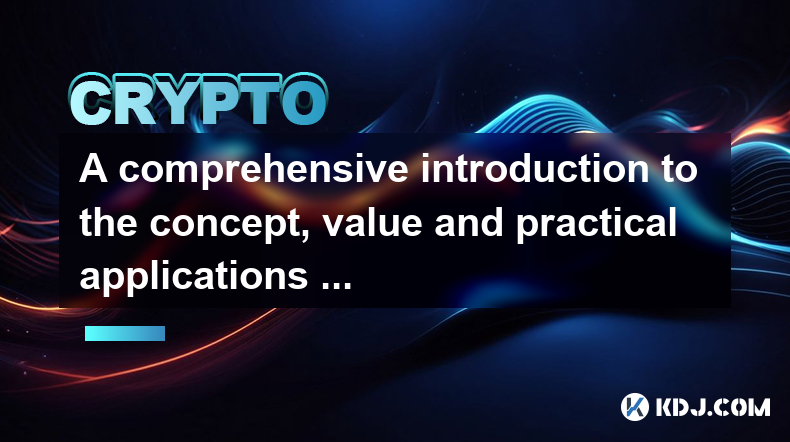
Key Points:
- Radix (XRD) is a Layer-1 protocol designed to resolve critical scalability and performance issues in blockchain technology.
- It utilizes sharding, atomic composability, and a novel consensus mechanism to achieve high transaction throughput and low latency.
- Radix aims to enable the creation of fully decentralized and scalable applications, such as digital asset marketplaces, decentralized finance (DeFi) platforms, and enterprise solutions.
What is Radix (XRD)?
Radix is a next-generation blockchain protocol that addresses the limitations of existing blockchain architectures. It employs innovative technologies to provide a highly scalable, efficient, and secure platform for decentralized applications. The Radix ecosystem comprises the XRD token, the Radix Engine, and the Radix Network.
Value of Radix (XRD)
1. High Transaction Throughput:
- Radix utilizes sharding to horizontally scale its network, enabling it to process a massive number of transactions concurrently. This eliminates the bottlenecks associated with single-chain blockchains, ensuring rapid and efficient transaction processing.
2. Atomic Composability:
- Radix's unique atomic composability feature ensures that complex transactions involving multiple smart contracts execute as a single atomic unit. This eliminates the risk of transaction failures or inconsistencies, boosting reliability and security.
3. Scalable Smart Contracts:
- Radix provides a platform for developing complex smart contracts with predictable execution costs and high scalability. Developers can create and deploy contracts that integrate with other decentralized services seamlessly.
4. Decentralized Governance:
- The Radix Network is governed by a Decentralized Autonomous Organization (DAO). XRD holders participate in community decision-making and influence the future development of the ecosystem.
Practical Applications of Radix (XRD)
1. Digital Asset Marketplaces:
- Radix's high throughput and composable assets enable the creation of decentralized digital asset marketplaces that provide seamless trading, custody, and settlement of crypto assets.
2. Decentralized Finance (DeFi):
- Radix serves as a robust platform for building and deploying DeFi protocols, such as lending, borrowing, and derivatives platforms. Its atomic composability and scalable smart contracts ensure efficient and secure operations.
3. Enterprise Solutions:
- Radix's enterprise-grade scalability and security make it suitable for building decentralized solutions for supply chain management, healthcare, and more. Its atomic composability facilitates the reliable execution of complex multi-party agreements.
Frequently Asked Questions (FAQs)
1. What are the main advantages of Radix (XRD)?
- High transaction throughput, atomic composability, scalable smart contracts, and decentralized governance.
2. How does Radix differ from other blockchain protocols?
- Radix utilizes unique technologies such as sharding, atomic composability, and a consensus mechanism to overcome the scalability and performance limitations of existing blockchains.
3. What are the use cases for XRD tokens?
- Staking for network security and governance participation, payment fees for transaction processing, and developing and deploying applications on the Radix Network.
4. How can I acquire XRD tokens?
- XRD tokens can be purchased on various cryptocurrency exchanges or through participating in community events and rewards programs.
5. What is the long-term potential of Radix (XRD)?
- Radix has the potential to revolutionize blockchain technology by enabling the widespread adoption of decentralized applications. Its scalability, security, and composability make it a promising platform for the future of blockchain innovation.
Disclaimer:info@kdj.com
The information provided is not trading advice. kdj.com does not assume any responsibility for any investments made based on the information provided in this article. Cryptocurrencies are highly volatile and it is highly recommended that you invest with caution after thorough research!
If you believe that the content used on this website infringes your copyright, please contact us immediately (info@kdj.com) and we will delete it promptly.
- : The Bybit incident is a wake-up call for the entire DeFi industryoutputoutput
- 2025-02-23 22:40:26
- DOGE and SHIB Traders Shift Funds to DTX Exchange After Dogecoin Price Dips
- 2025-02-23 22:40:26
- The Trumps' Return to the White House: Leveraging Political Positions for Financial Gains
- 2025-02-23 22:40:26
- Pepeto: The Meme Coin That Could Change Everything
- 2025-02-23 22:40:26
- Meme Coin History is Being Written Again—Are You In?
- 2025-02-23 22:40:26
- Top AI Tokens and Their Price Performance
- 2025-02-23 22:40:26
Related knowledge
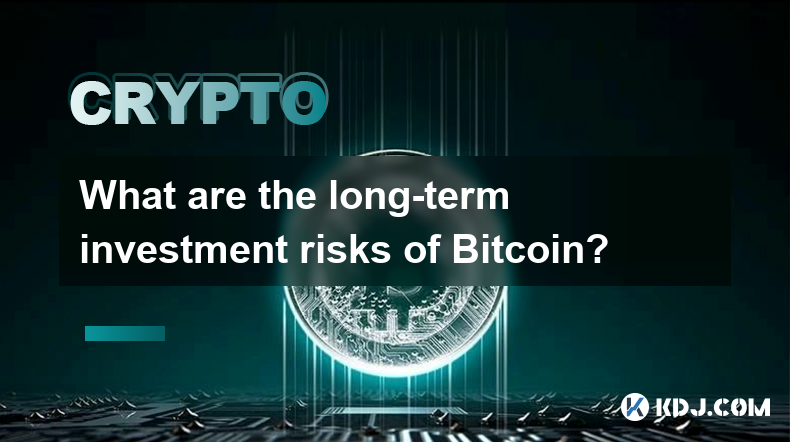
What are the long-term investment risks of Bitcoin?
Feb 22,2025 at 05:30pm
Key PointsVolatility and price fluctuationsRegulatory uncertaintySecurity risksCompetition from altcoinsMarket manipulation and scamsTransaction feesEnvironmental concernsLong-Term Investment Risks of BitcoinVolatility and Price FluctuationsBitcoin's high volatility is a double-edged sword. While it has the potential to generate substantial returns, it ...
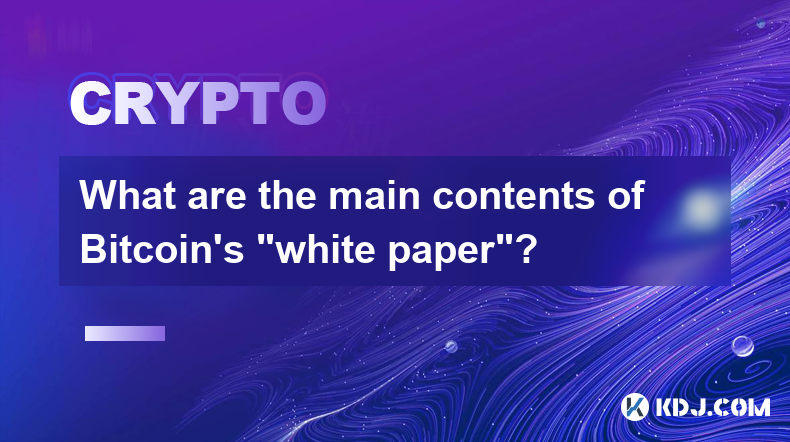
What are the main contents of Bitcoin's "white paper"?
Feb 21,2025 at 04:36am
Key Points:Understanding Bitcoin's Genesis: The White Paper's IntroductionA Decentralized Digital Currency: Bitcoin's Core ConceptBlockchain Technology: The Foundation of Bitcoin's Immutable LedgerProof-of-Work: Securing Bitcoin's NetworkThe Design of Bitcoin's Currency: Issuance, Scarcity, and DivisibilityBitcoin's Potential Applications and Future Pro...

How does Bitcoin's distributed ledger ensure consistency?
Feb 22,2025 at 10:06pm
Key Points:Bitcoin employs a distributed ledger, also known as a blockchain, to maintain a tamper-proof and consistent record of transactions.The blockchain is a decentralized network of computers that collectively validate and store transaction data.Bitcoin's distributed ledger ensures consistency through consensus mechanisms and cryptographic algorith...
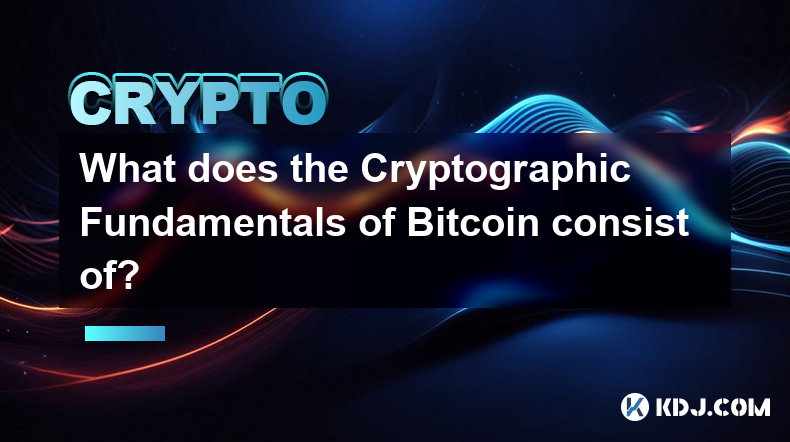
What does the Cryptographic Fundamentals of Bitcoin consist of?
Feb 21,2025 at 12:06pm
Key PointsUnderstanding the cryptographic algorithms used in BitcoinFamiliarization with the Bitcoin blockchain and its underlying mechanicsExamination of the security measures that protect Bitcoin from attackAnalysis of the decentralized nature of Bitcoin and its implicationsDiscussion of the scalability and transaction fee issues associated with Bitco...
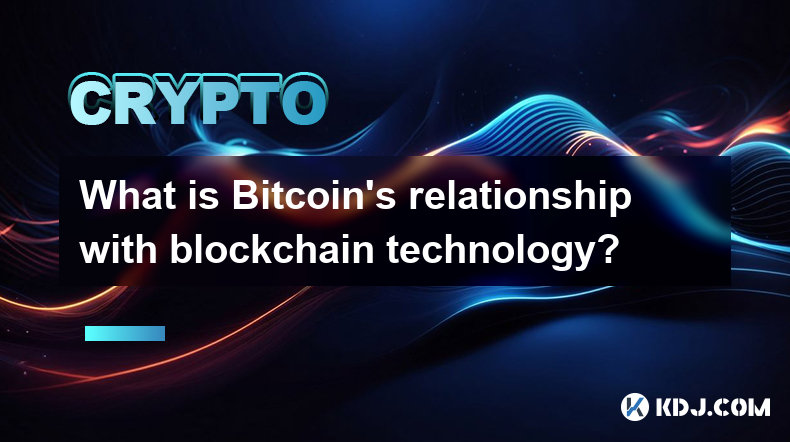
What is Bitcoin's relationship with blockchain technology?
Feb 22,2025 at 07:00pm
Bitcoin's Intertwined Relationship with Blockchain TechnologyKey Points:Definition of blockchain technology and its decentralized natureBitcoin's utilization of blockchain for secure and immutable transactionsThe role of blockchain in verifying and confirming transactionsEvolution of blockchain technology beyond Bitcoin's cryptocurrency applicationsUnde...
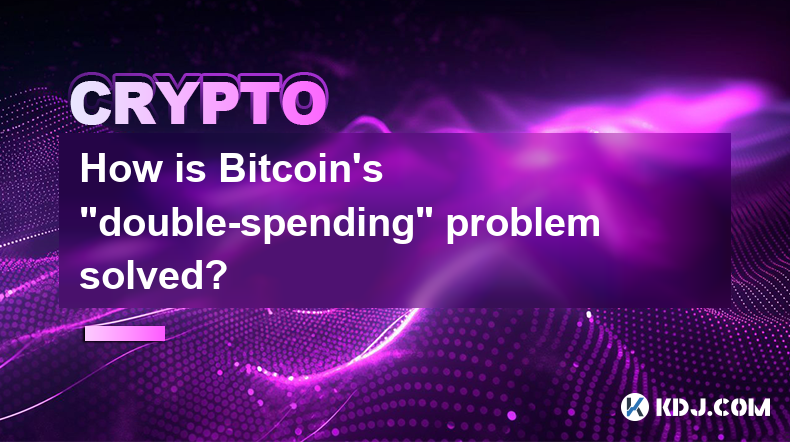
How is Bitcoin's "double-spending" problem solved?
Feb 23,2025 at 02:54am
Key Points:The double-spending problem refers to the potential for a digital currency transaction to be reversed, allowing the same funds to be spent multiple times.Bitcoin solves this problem through the use of a decentralized blockchain, a public ledger that records all transactions permanently and securely.The immutability and transparency of the blo...

What are the long-term investment risks of Bitcoin?
Feb 22,2025 at 05:30pm
Key PointsVolatility and price fluctuationsRegulatory uncertaintySecurity risksCompetition from altcoinsMarket manipulation and scamsTransaction feesEnvironmental concernsLong-Term Investment Risks of BitcoinVolatility and Price FluctuationsBitcoin's high volatility is a double-edged sword. While it has the potential to generate substantial returns, it ...

What are the main contents of Bitcoin's "white paper"?
Feb 21,2025 at 04:36am
Key Points:Understanding Bitcoin's Genesis: The White Paper's IntroductionA Decentralized Digital Currency: Bitcoin's Core ConceptBlockchain Technology: The Foundation of Bitcoin's Immutable LedgerProof-of-Work: Securing Bitcoin's NetworkThe Design of Bitcoin's Currency: Issuance, Scarcity, and DivisibilityBitcoin's Potential Applications and Future Pro...

How does Bitcoin's distributed ledger ensure consistency?
Feb 22,2025 at 10:06pm
Key Points:Bitcoin employs a distributed ledger, also known as a blockchain, to maintain a tamper-proof and consistent record of transactions.The blockchain is a decentralized network of computers that collectively validate and store transaction data.Bitcoin's distributed ledger ensures consistency through consensus mechanisms and cryptographic algorith...

What does the Cryptographic Fundamentals of Bitcoin consist of?
Feb 21,2025 at 12:06pm
Key PointsUnderstanding the cryptographic algorithms used in BitcoinFamiliarization with the Bitcoin blockchain and its underlying mechanicsExamination of the security measures that protect Bitcoin from attackAnalysis of the decentralized nature of Bitcoin and its implicationsDiscussion of the scalability and transaction fee issues associated with Bitco...

What is Bitcoin's relationship with blockchain technology?
Feb 22,2025 at 07:00pm
Bitcoin's Intertwined Relationship with Blockchain TechnologyKey Points:Definition of blockchain technology and its decentralized natureBitcoin's utilization of blockchain for secure and immutable transactionsThe role of blockchain in verifying and confirming transactionsEvolution of blockchain technology beyond Bitcoin's cryptocurrency applicationsUnde...

How is Bitcoin's "double-spending" problem solved?
Feb 23,2025 at 02:54am
Key Points:The double-spending problem refers to the potential for a digital currency transaction to be reversed, allowing the same funds to be spent multiple times.Bitcoin solves this problem through the use of a decentralized blockchain, a public ledger that records all transactions permanently and securely.The immutability and transparency of the blo...
See all articles














































































